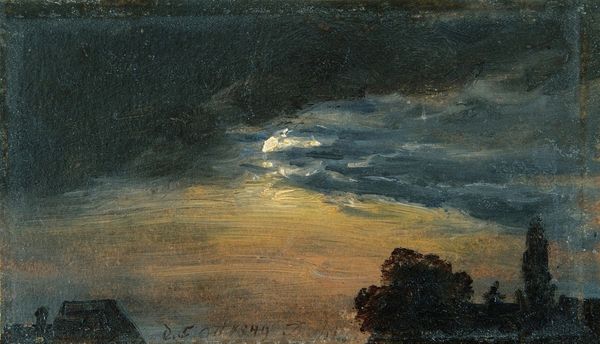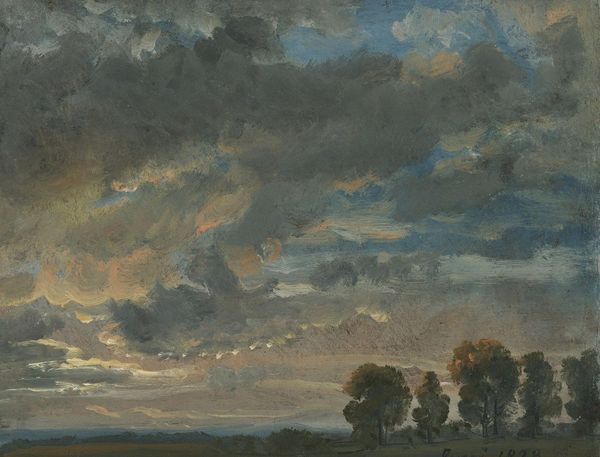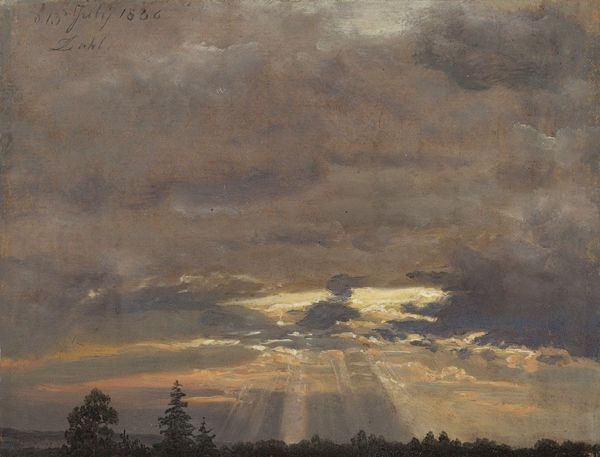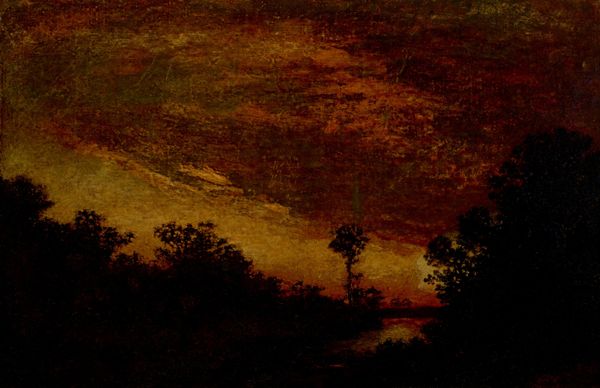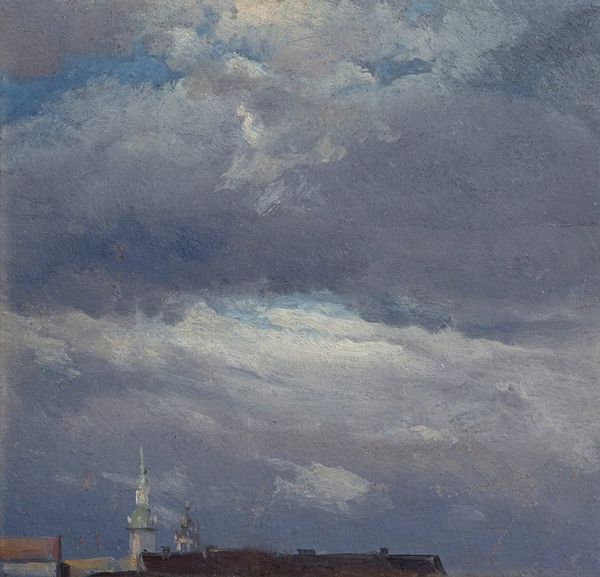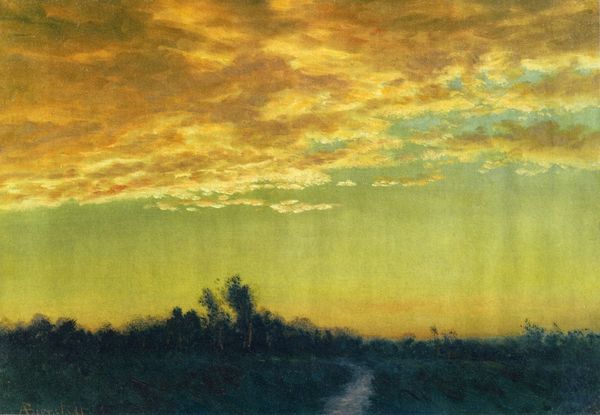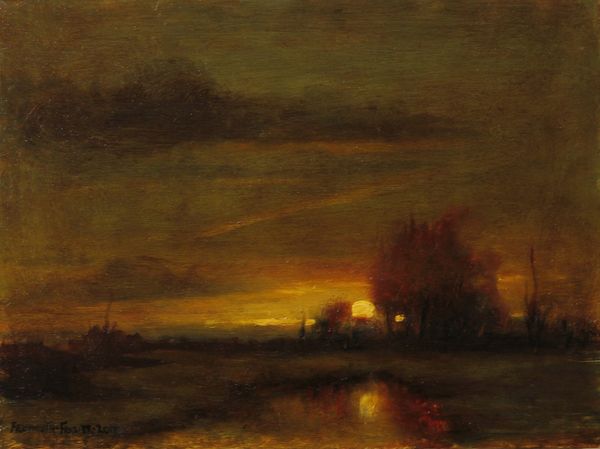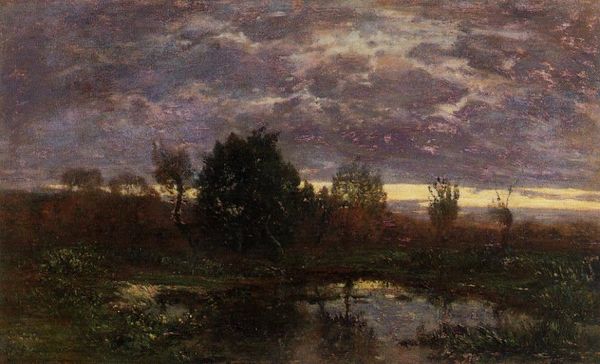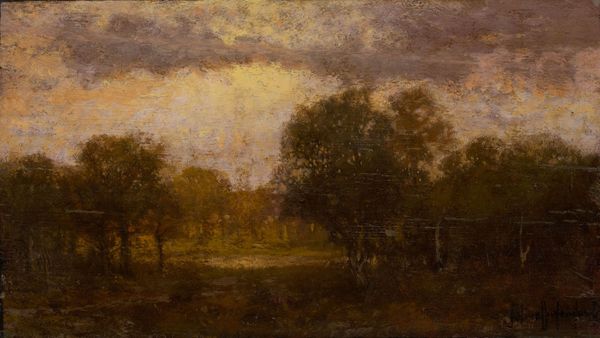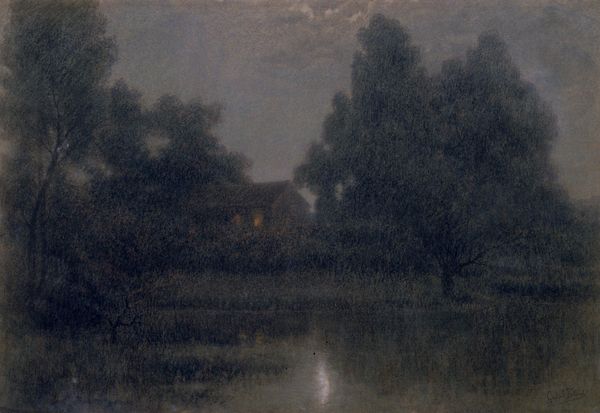
painting, oil-paint
#
painting
#
oil-paint
#
landscape
#
romanticism
#
watercolor
Copyright: Public Domain: Artvee
Editor: This is Johan Christian Dahl’s “Moonlit Landscape” from 1832, rendered in oil paint. There’s a stillness to this piece. It makes me wonder, what story can you find in the way Dahl has handled the paint itself, the textures, and the scene he has depicted? Curator: It's important to consider how the availability and production of oil paints in the 19th century allowed for such atmospheric studies. The subtle gradations of light, especially the contrast between the manufactured structure and the ethereal sky, speak volumes about emerging industrialization. Editor: So, are you saying the very material – oil paint – contributes to the message of the industrial world meeting the natural world? Curator: Precisely. And beyond that, who was the intended consumer of such images? These landscapes were not merely aesthetic objects but commodities themselves, reflecting a growing market for art among the rising middle class, hungry for idyllic scenes that perhaps contrasted their own increasingly urban lives. Do you see the almost melancholic tones relating to such emerging tensions? Editor: I see what you mean. I hadn’t thought about the materials in relation to who was buying the paintings. It definitely brings another layer to it. I guess the means of production of both the paints, and the world portrayed, influenced its meaning. Curator: Exactly! We can now start to see a network connecting art, labor, industry, and consumerism—all within a single painting. Editor: That's given me a lot to consider. Looking beyond just the visual and thinking about production, the market, that's opened it up in a whole new way. Curator: Indeed. Now we have tools for examining much more than this piece and how it emerged, beyond just surface or symbolic meaning!
Comments
No comments
Be the first to comment and join the conversation on the ultimate creative platform.
